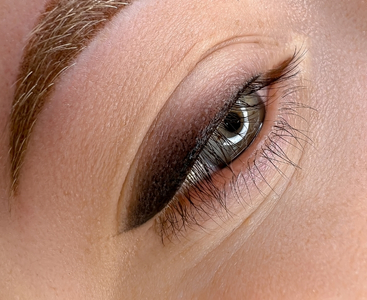FACIAL BONE FRACTURES TREATMENT
Facial Bone Fractures Treatment
Treatment of facial bone fractures is the procedures performed to repair damaged and deformed bone structures as a result of high-energy injuries and traumas. Facial fractures can occur in different parts of the face such as the orbit, nose, chin, cheekbones. Surgical treatment is usually preferred for its treatment. At this point, it is important to evaluate the loss of function and aesthetic problems caused by the fracture. Especially if the fractures in the nose area are fused incorrectly, it can make it difficult for the person to breathe over time. At the same time, since the face is the most noticeable part of the body, the aesthetic problems that arise can negatively affect the psychology of the person.
In Which Areas Do Facial Fractures Occur?
These fractures are from the upper part of the face to the lower part;
- Frontal bone (forehead bone)
- Eyeball bone (Bones that make up the orbit)
- Zygoma and arch (Cheekbone and extension)
- Maxilla (Upper jawbone)
- It may be in the mandible (lower jawbone) region.
How is Facial Fractures Diagnosed?
The first step in the diagnosis process of facial fractures is the physical examination of the patient. After this stage, a clear evaluation of the fracture in the region is ensured with appropriate imaging methods. Computed tomography (CT) is the most preferred gold standard at this point. However, it is accepted that images obtained with panoramic films are superior to CT in mandibular fractures. At this stage;
- Displacement in the region
- Problems in vital functions such as vision and chewing are decisive in the decision of surgery.
How Are Facial Bone Fractures Treated?
Frontal Bone (Forehead bone) Fractures
The majority of fractures in this region occur as a result of high-intensity trauma. In fractures that affect only the outer layer of the bone and spoil the physical appearance of the forehead area, an incision is usually made through the hair. From here, the bone is reached, the bone is repaired and titanium plates can be used when necessary. In fractures that involve the inner layer of the bone and cannot be corrected, the inner part of the bone can be removed and reshaped in the outer region.
Fractures of the Bones that Form the Orbit
Eyeball fractures can adversely affect the functions of the eye. At this point, eye-related changes; Having double vision or gaze limitations is the reason for surgery. Incisions made from the inside of the eyelids are usually used in the treatment of eyeball fractures. Thus, the eyeball walls are reached. After the broken parts are corrected, fixation can be done with titanium plate screws. It is possible to complete these deficiencies with the help of bone grafts taken from the body, especially if there is a deficiency at the base of the eyeball.
Cheekbone (Zygoma) Fractures
Fractures in this region are divided into two as in the main body of the bone or in the anterior region of the ear (zygoma arch). In arc fractures;
- Limited mouth opening
- The presence of collapse in the region is the main variable that affects the decision of surgery.
Local anesthesia is generally preferred in these surgical applications. General anesthesia is rarely needed. It is ensured that the arc is brought to its healthy position with an incision of approximately 2 cm made through the hair. If necessary, the area can be reached through the eyelid or mouth.
Upper Jaw (Maxilla) Fractures
It can be examined under three headings, “LeFort 1-2 and 3”, according to the region where the fracture line passes. In fractures that negatively affect the bite function, an incision can be made through the mouth to harmonize the upper and lower jaws.
Lower Jaw (Mandible) Fractures
Since it is more difficult to reach the fractures in the region close to the joint, the treatment process may be more difficult in such fractures. For this reason, it is important for the surgeon to be an expert and experienced in the field. The first treatment approach in mandibular fractures is to fix the jaws to each other with rubber to ensure that the joint regains its healthy structure. However, it may not be possible to obtain successful results in every patient with this method. At this point, surgical treatment is preferred and the lower jaw can be treated with the help of titanium plates afterward. In the surgery, it may be necessary to fix the area with elastic bands for 2-3 weeks for a healthy union.










